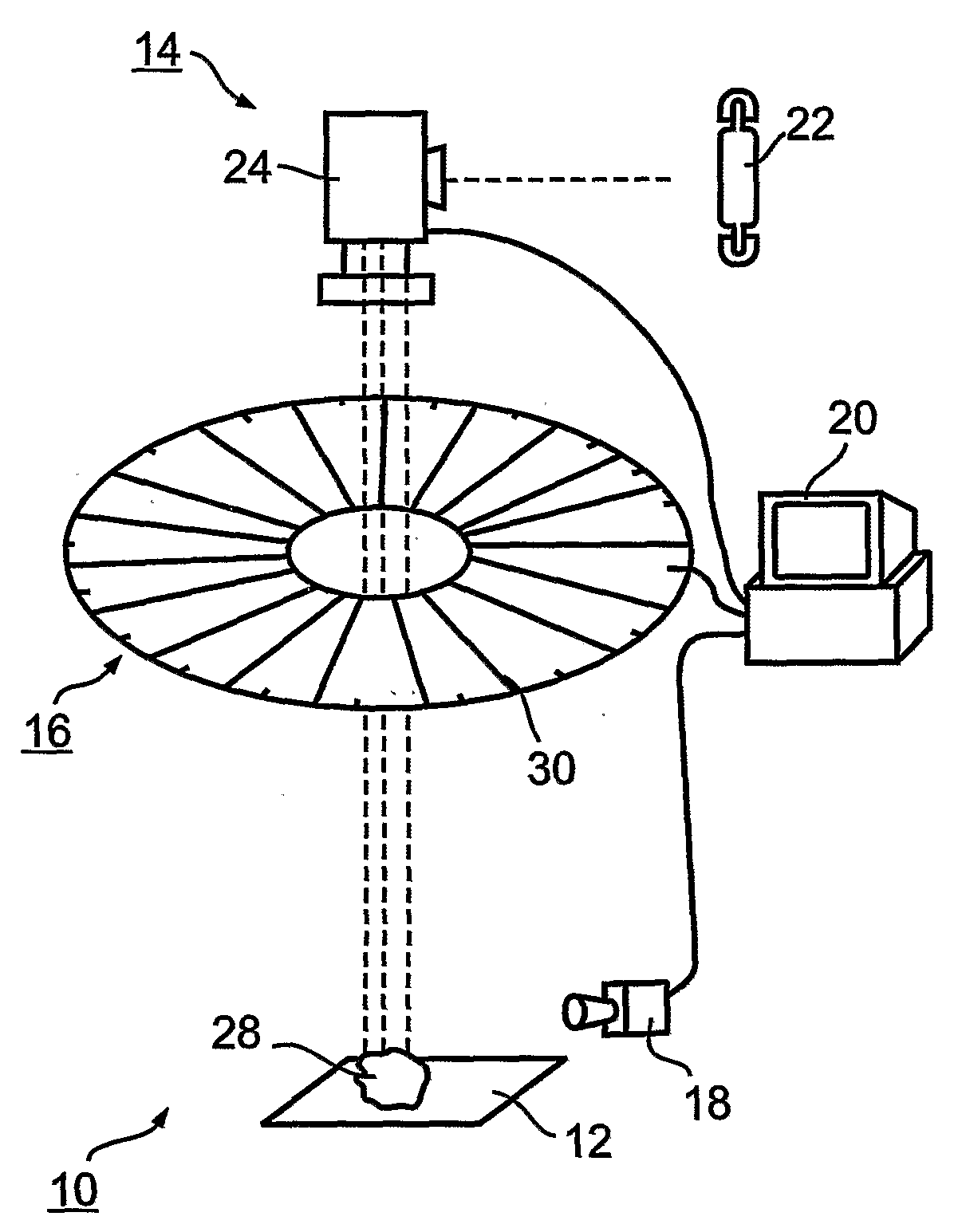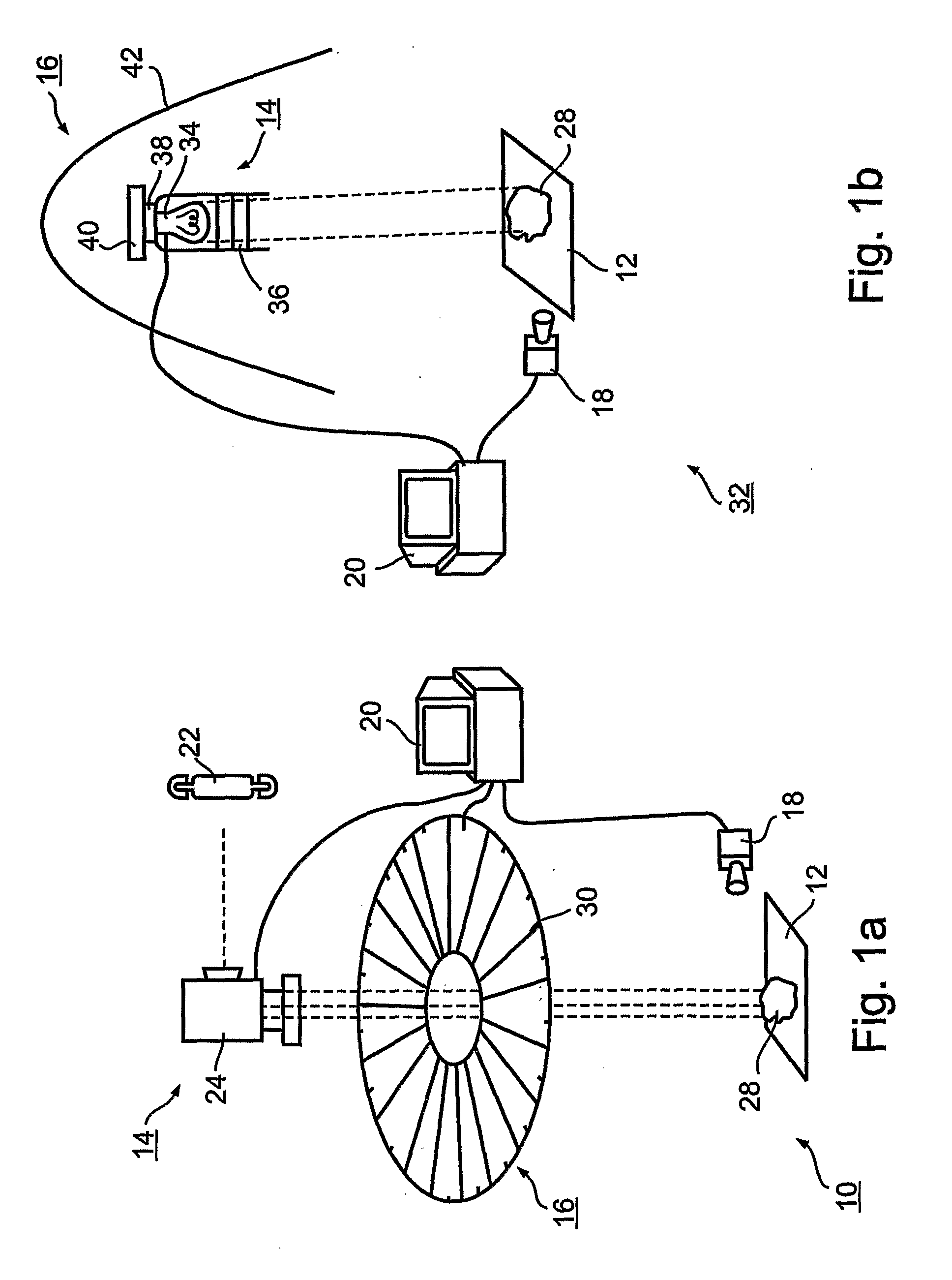Assessment of diamond color
a color and diamond technology, applied in the field of geology, can solve the problems of not being able to determine the color and clarity of finished diamonds from rough diamonds, fancy colored diamonds are very expensive, and the color quality of non-fluorescent colorless diamonds is not easily visible, so as to improve the accuracy of assessment of the color quality of diamonds and improve the accuracy of assessment of the color quality of non-fluorescent colorless diamonds
- Summary
- Abstract
- Description
- Claims
- Application Information
AI Technical Summary
Benefits of technology
Problems solved by technology
Method used
Image
Examples
Embodiment Construction
[0092]The present invention is of methods and devices for assessing the color and other qualities of diamonds, whether rough, processed or finished. In embodiments, the present invention is of methods and devices for assessing the quality of color (e.g., color grade) and other qualities of finished diamonds cut from a given rough diamond by examination of the rough diamond.
[0093]The principles and uses of the teachings of the present invention may be better understood with reference to the accompanying description, figures and example. In the figures, like reference numerals refer to like parts throughout. Before explaining at least one embodiment of the invention in detail, it is to be understood that the invention is not limited in its application to the details of construction and the arrangement of the components set forth in the following description or illustrated in the drawings. The invention is capable of other embodiments or of being practiced or carried out in various way...
PUM
| Property | Measurement | Unit |
|---|---|---|
| near-infrared wavelengths | aaaaa | aaaaa |
| near-infrared wavelengths | aaaaa | aaaaa |
| wavelengths | aaaaa | aaaaa |
Abstract
Description
Claims
Application Information
 Login to View More
Login to View More - R&D
- Intellectual Property
- Life Sciences
- Materials
- Tech Scout
- Unparalleled Data Quality
- Higher Quality Content
- 60% Fewer Hallucinations
Browse by: Latest US Patents, China's latest patents, Technical Efficacy Thesaurus, Application Domain, Technology Topic, Popular Technical Reports.
© 2025 PatSnap. All rights reserved.Legal|Privacy policy|Modern Slavery Act Transparency Statement|Sitemap|About US| Contact US: help@patsnap.com



